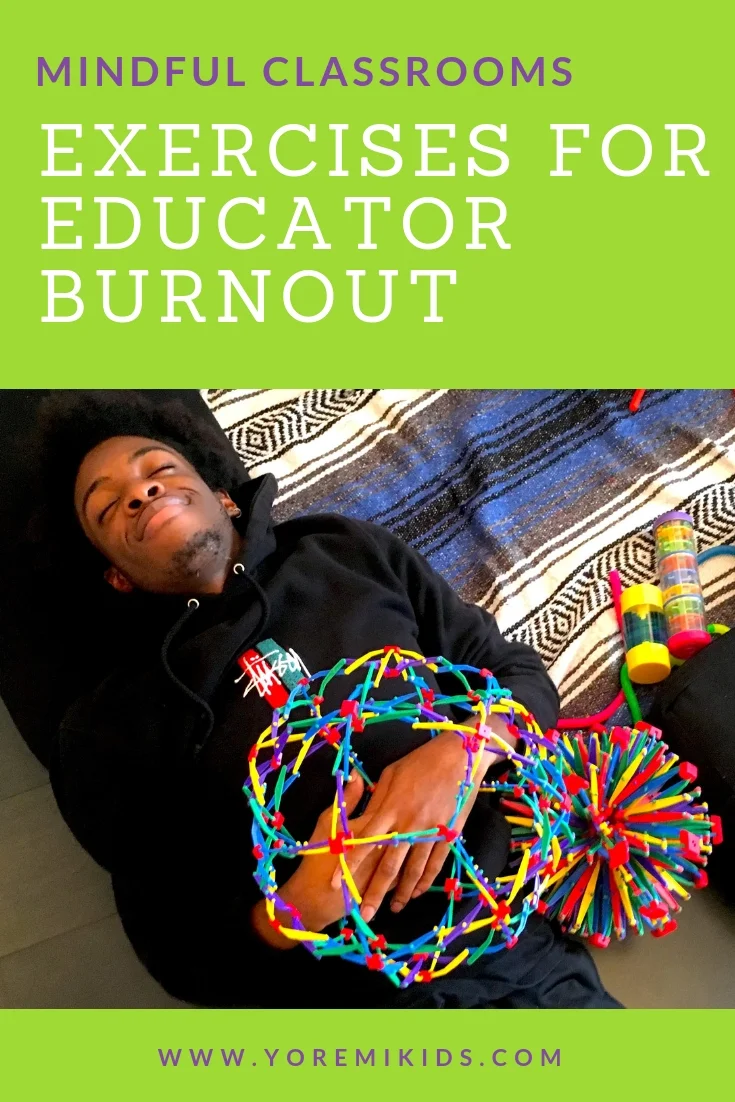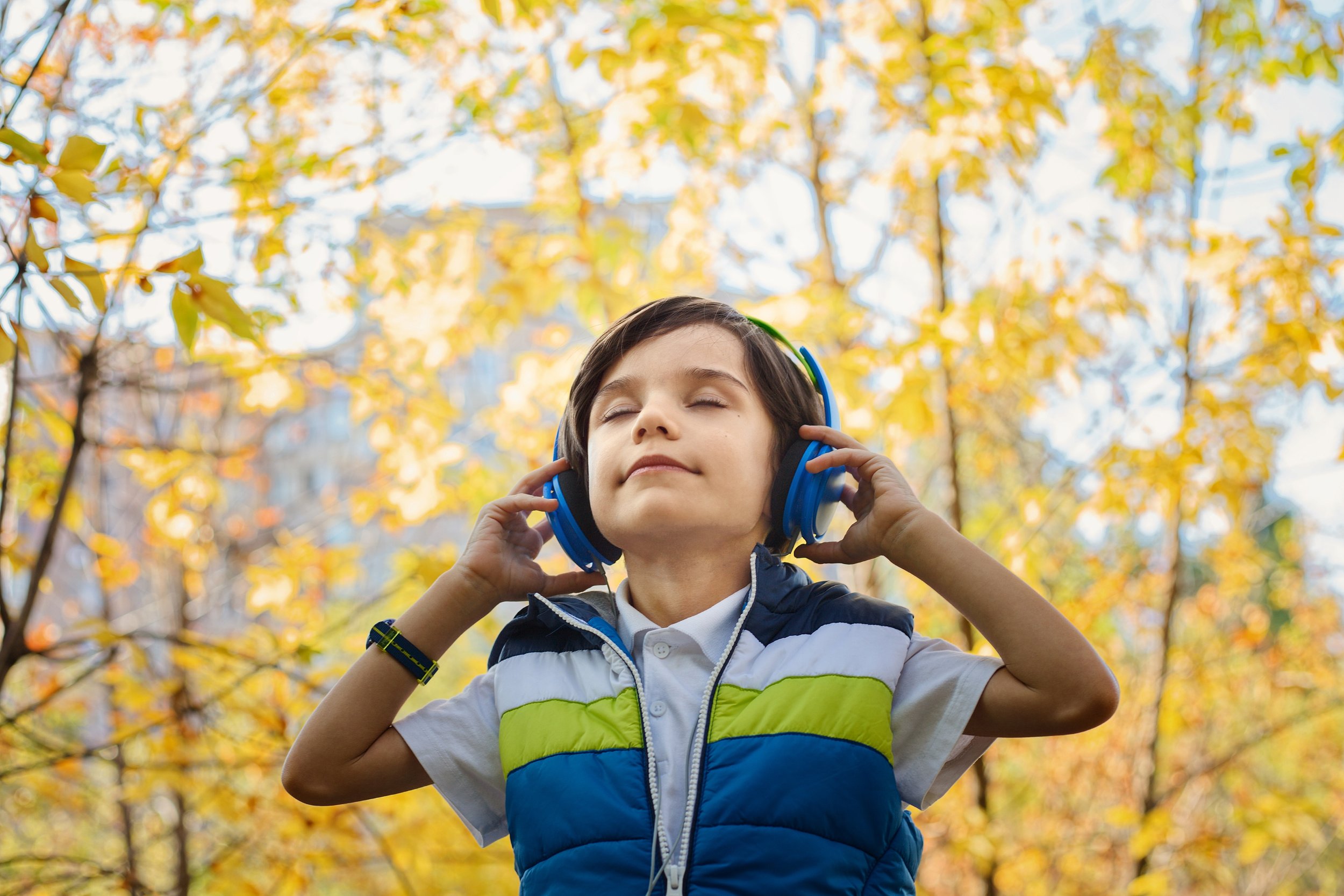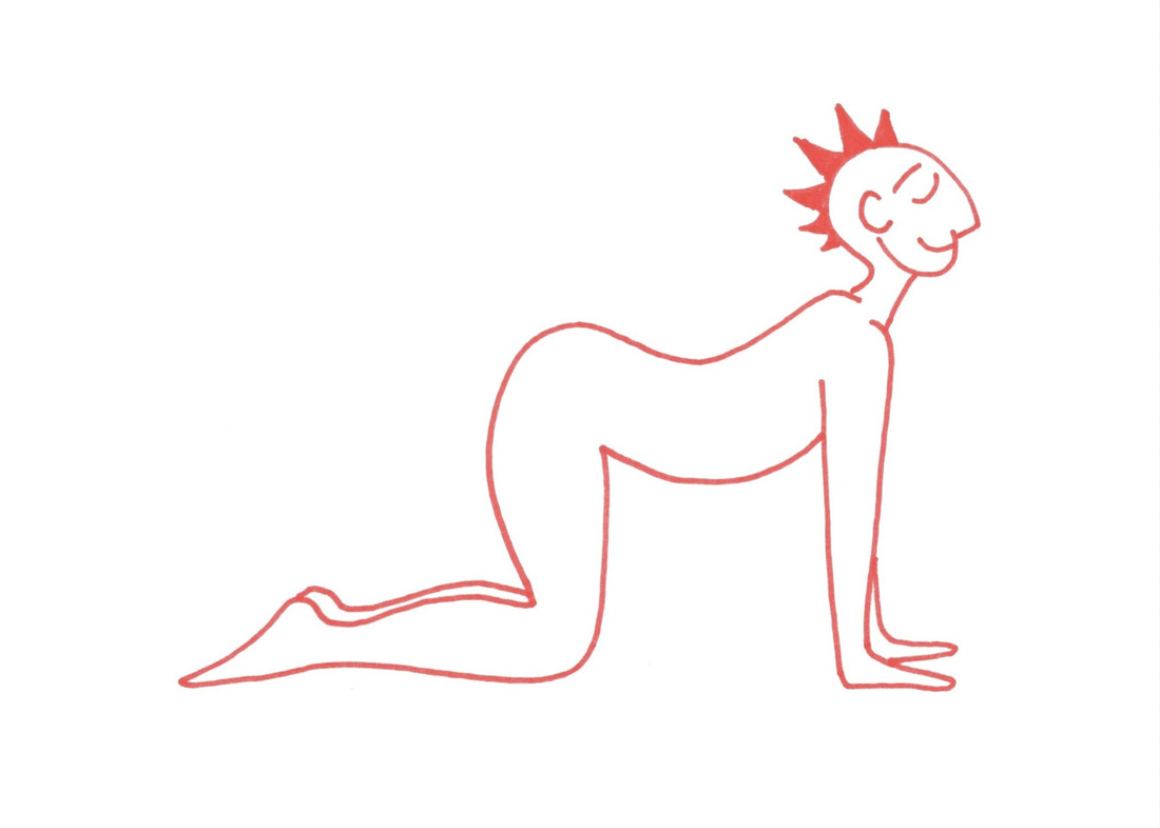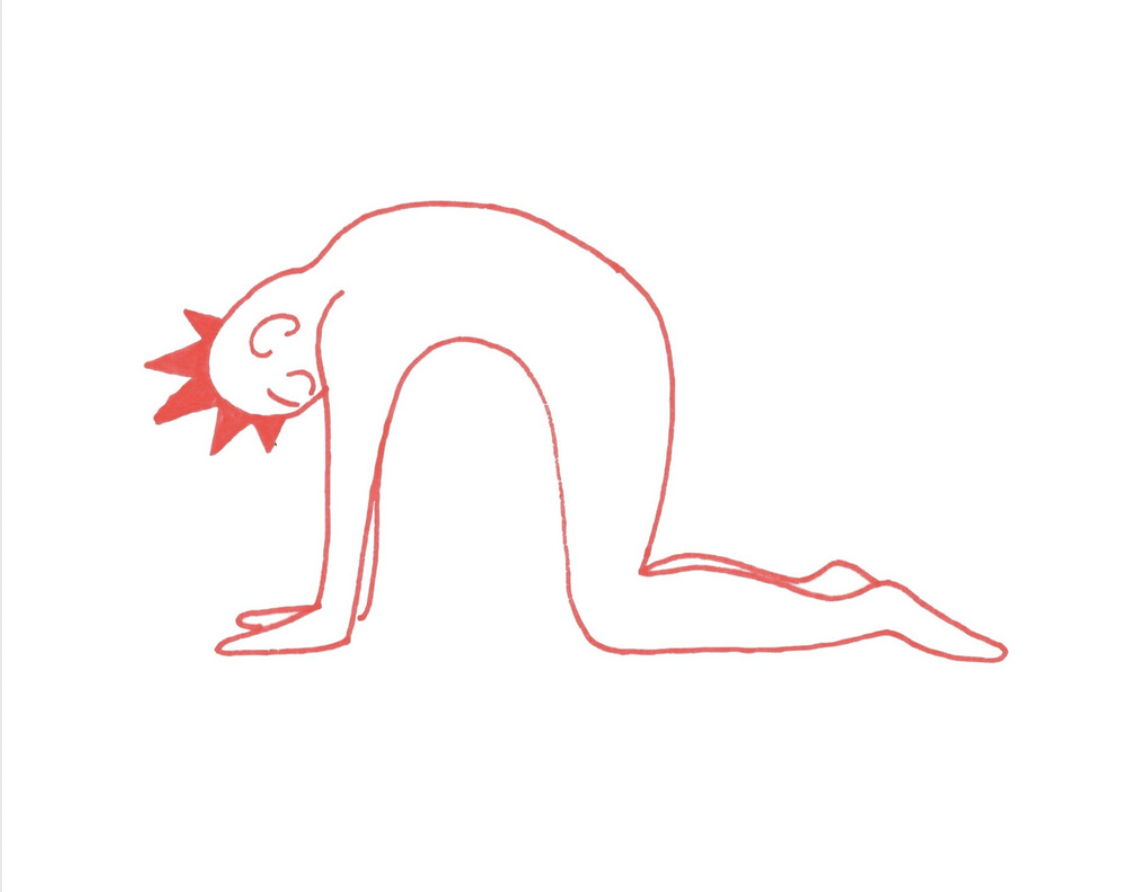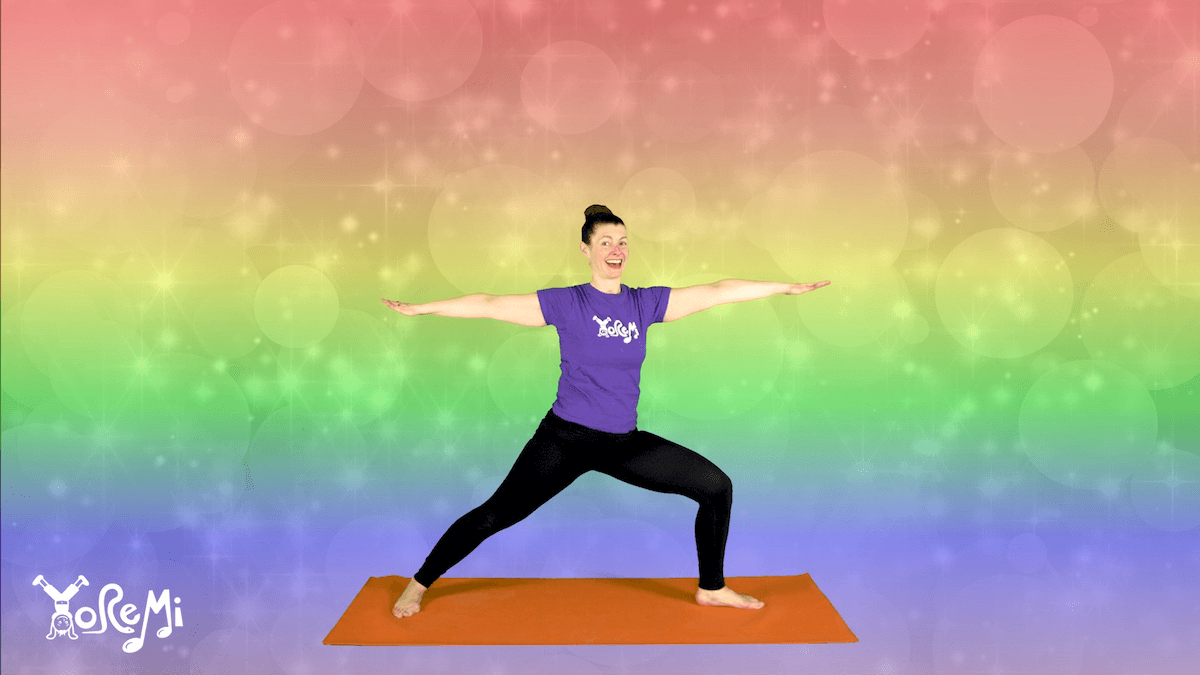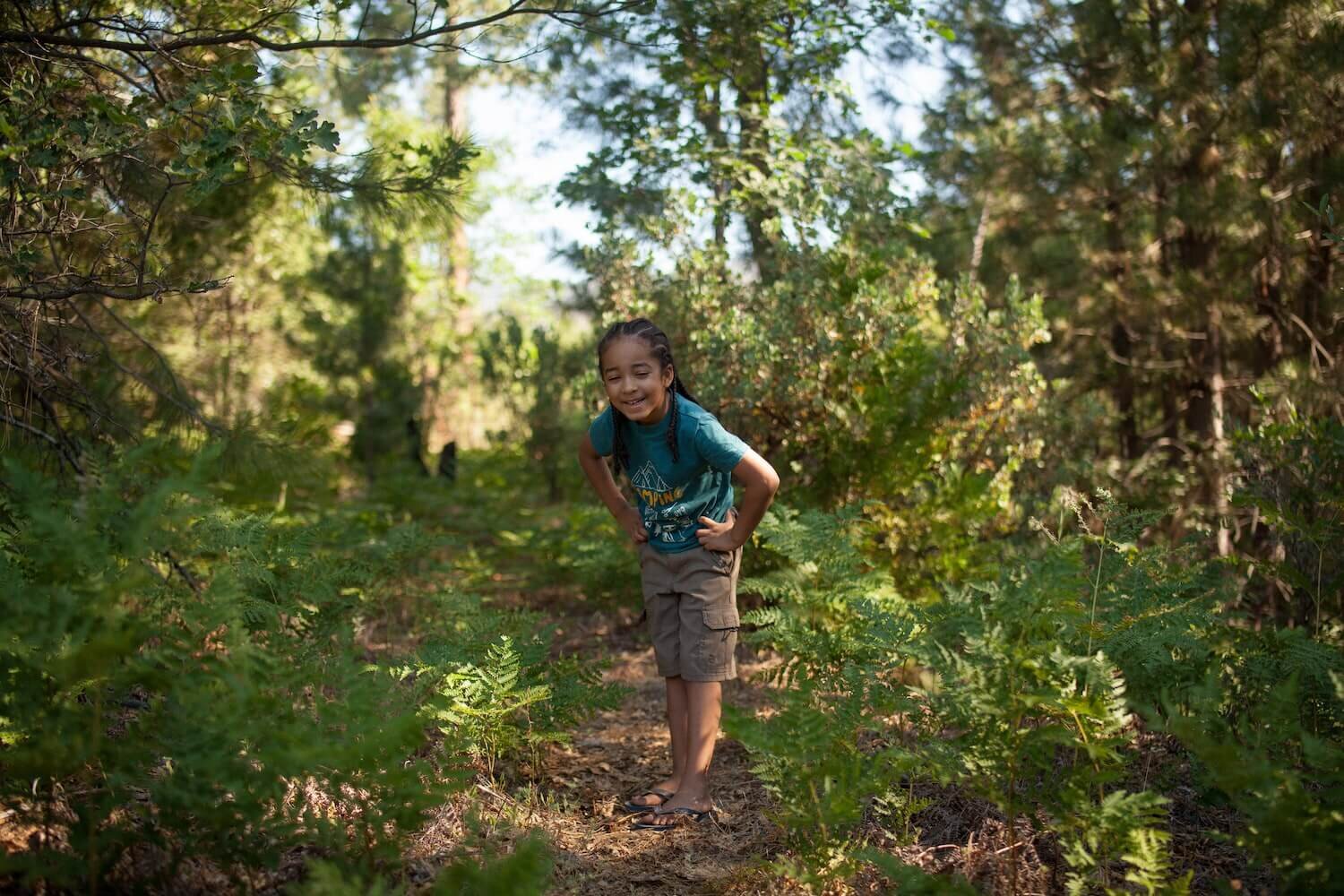Building a Mindfulness Practice for Educators: Part 2
Seeking to add mindfulness practices to your life and your classroom?
Hoping to make space in your day for me-time?
Welcome to Part 2 of our Mindfulness for Educators Series
In Part 1 of this Mindfulness for Educators series, we discussed the application of mindfulness in the classroom and provided easy practices to try. In this second part we will help you building a personal mindfulness practice that fits with your busy schedule!
“If we learn to open our hearts, anyone, including the people who drive us crazy, can be our teacher.”
Recognize this situation?
Your morning meeting went smoothly and you got through the lesson without a snag, but it’s almost lunch period and something has happened across the room that has two children tackling each other.
No matter how peacefully your day started there is bound to be a road bump at some point during the day; maybe your day is nothing but bumps. This is the ebb and flow of life, as you know.
So what do we do when the ebb leaves a drought and we’re just too tired to cope?
Mindfulness Practices When You’re Short on Time
You don’t need to pull out a cushion and meditate for an hour (but if that’s your joy, please do)... It is possible to effortlessly insert mindful moments throughout our day, even with a tight schedule.
Since our time as educators and administrators is precious, let’s focus on informal mindfulness practices: those things you can fold into your day easily, quickly, and efficiently. Below are practices you can try when you have 1, 3, 5, or 10 minutes of free time, and well as “on the go” practices to try when you have no time at all!
Time Requirement: 10 Minutes
Gratitude Journaling has the same benefits as a gratitude practice. This is a tool you can use at the end of a long and difficult day.
Grab your beverage of choice and post up on the couch. Scribble five things that you were grateful for during the day. It doesn’t have to be directly related to school or work, but our brain is wired evolutionarily to focus on stressors, so taking some time to highlight what went right in your day will allow those things to sink in and hold more weight.
Time Requirement: 5 Minutes
At the end of every Yo Re Mi class, children are given at least five minutes of relaxation.
Often Yo Re Mi teachers will incorporate mindful breathing during this time, and sometimes they will incorporate body scans. This is a great option for us as educators to add to our own mindfulness tool kit.
Focus on the sensations of the body, noticing them without judgement. Track when the mind wanders away in thought and tune into how your body feels in this moment.
Time Requirement: 3 Minutes
A mindful three-minute breather is a nice one to try as you sit in your car in the parking lot before you head into school, and before you head home again at night. It also, believe it or not, works on mass transit.
Sit comfortably. If standing, find your heels and see if that doesn’t lengthen your spine up towards the sky. Allow your eyes to close and take a breath. Begin to follow the breath with your focus, especially noticing the exhale.
You needn’t worry about the day ahead, it will still be there in three minutes time. You needn’t worry about the day that’s passed, these three minutes are yours alone.
Begin to bring your awareness to the sounds around you. Maybe it’s very quiet, maybe it’s very loud. We are simply bringing our focus to these sounds without judgement. Noticing each and then letting it go.
This is a particularly good practice for when emotional turmoil is too great for us to bring our focus internally. This is one of the reasons we use chimes and bells in our classes. A young student – or an adult or teacher for that matter – may not be able to bear the emotions going on inside of them, so rather than focusing on that pain, we bring our focus to a point outside of ourselves.
Time Requirement: 1 Minute
Maybe you have just one minute minute to yourself. Close the door to your classroom between periods. Turn off the lights if you have to, so that no one knows you’re there.
Yes, the room was probably just full of loud children, and sure, they’ll be back quickly.
But right now is your time. Close your eyes and take a deep breath in and out. Feel the entirety of your body, from the top of your head, down to the soles of your feet. Allow your heels to sink into the ground.
This is a great practice to try with your class as you line up to transition between the classroom and other activities. Incorporate a bell or chime to bring a point of aural focus and begin to teach the children that the bell signals a moment to take a deep breath.
Notice if you begin to feel the energy in the room change.
Time Requirement: No Time at All
The truth is. Sometimes it may seem as if we don’t have time at all. What can we do to find mindful moments then?
1. Affirmation Practices
Affirmation practices are for those of us who feel that we don’t have any time for mindfulness.
If you truly feel you can’t afford a moment to stop, consider this tool. Instead of stopping, simply slow down. While you may not want to pause and take a deep breath, consider an affirmation practice you can craft around an event that regularly occurs.
Perhaps you take the students to the gymnasium each day. How many doors do you open between your own classroom and the gym? Each time you pass through a door, choose an affirmation to repeat in your mind such as, slowly, gently, or with love. It may seem insignificant, but try it for yourself and see how it makes you feel.
2. Sip and Savor
Whatever your morning beverage of choice, take a moment to truly savor the taste. Smell the aroma of your coffee, roll the flavors around on your tongue.
Sip slowly and inject each taste with gratitude.
Gratitude has been linked to a longer, healthier life and reports of greater happiness and overall satisfaction. Even if it feels a little silly at first, give it a try and see if tuning in to your internal rhythms impact the rest of your day.
3. Two Feet, One Breath
Here, we’ve adapted a practice from the Well section of the New York Times about fighting burnout among doctors. When a challenging classroom moment occurs, stop for five seconds before your react. Feel your feet rooted into the earth, even try counting in your mind. Take a conscious breath.
This is a great exercise to try with young students who are learning how to count. Up the number of seconds to lengthen your inhale and exhale.
When All Else Fails, Pause and Breathe
Don’t become discouraged if your mind is flooded with thoughts, you worry that you may be breathing “wrong,” or that you’re “bad” at mindfulness. This is why we call it a practice.
Give yourself the gift of a moment.
If you don’t have ten or five or even three minutes in your day, take that one minute before you unwrap your lunch to stop, breathe, and notice your body. Give yourself permission to slow down.
If your goal is to incorporate mindfulness into your classroom and educator routine, take baby steps and build up each day. Some days it may not happen, and that is alright too, but if you add one mindful moment into each day, you may find that it is not as hard as it may seem.
Rest assured, the more you fold mindfulness into your life, the more you will reap its benefits.
All of the above practices can be adapted for children too!
Yo Re Mi uses them regularly, and they transition well into classroom practices such as morning meetings, lining up, transitioning between activities, and re-engaging focus. If you are feeling frazzled, there is a strong chance your student’s may feel that way too.
If you need a minute of mindfulness, why not gift it to everyone? Rejuvenate yourself, for yourself. Your classroom will feel the impact too (an added bonus!)
Save this post to read later & share it on Pinterest!
*Some of the Mindfulness practices described here are inspired by Mindful Schools




